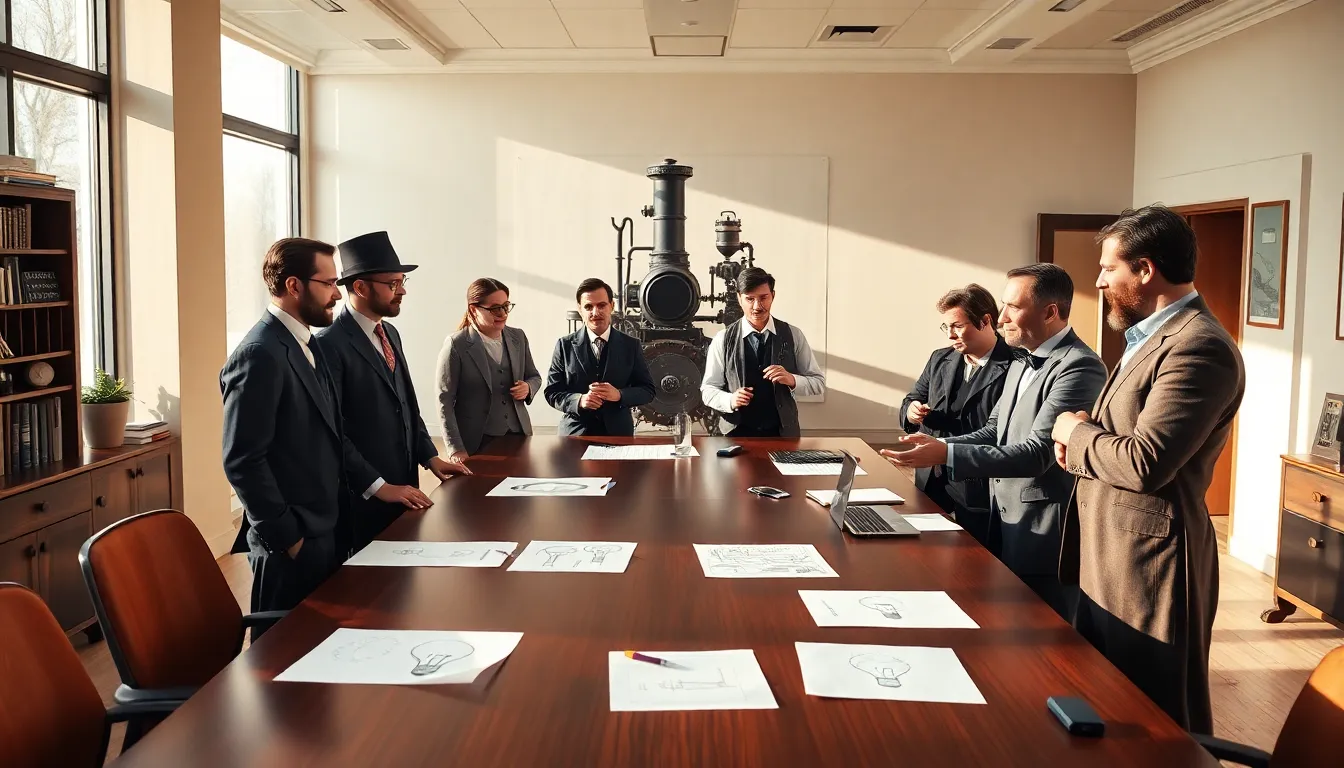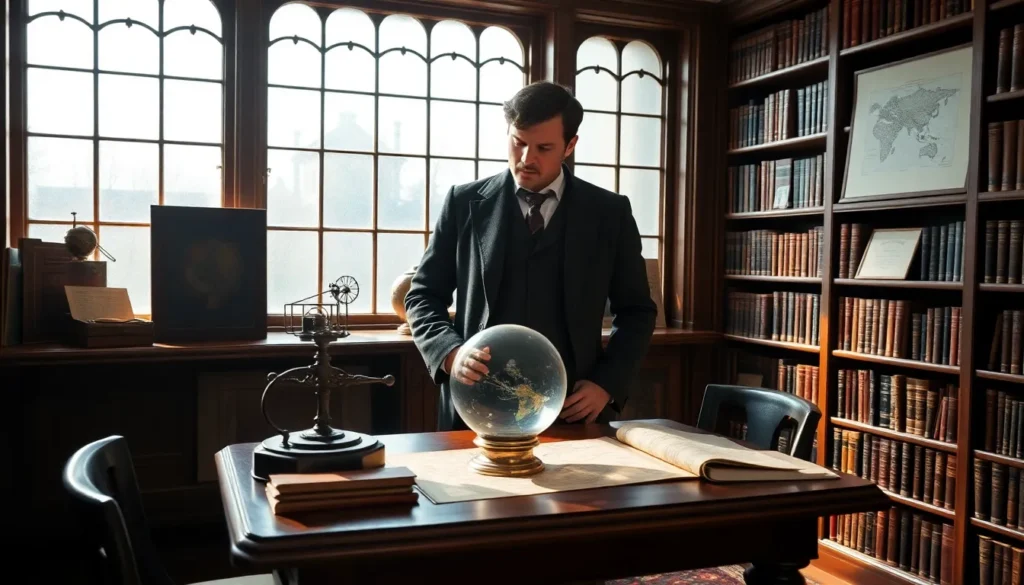Table of Contents
ToggleAs we jump into the vibrant visions of the 1800s, one can’t help but marvel at the optimism and creativity that characterized this era. Imagine people peering into crystal balls, concocting wild predictions about flying cars and robotic armies. Sure, some ideas were a bit off track, but others were shockingly prescient. Ready to journey through time and see what our Victorian forebearers thought awaited us? Buckle up, because this ride through the past might just surprise you.
Technological Innovations Expected

In the 1800s, inventors and thinkers were buzzing with ideas about technological innovations that would revolutionize the world. Many believed that electricity would become a household essential. Imagine hearing about the first electric light bulbs illuminating the dark streets, paving the way for nightlife and fostering social gatherings. The telegraph was just the tip of the iceberg for communication, some predicted instant global communication that would break down geographical barriers.
Also, the advent of the steam engine had folks dreaming of faster travel and efficient manufacturing processes. They envisioned machines that could perform exhaustive tasks, which could lead to a more productive society. In this age of imagination, centrifugal force and steam-powered wonders were thought to be foundational to a future economy, one that relied less on human labor and more on mechanical efficiency. What they lacked in digital understanding, they made up for in sheer creativity.
Societal Changes and Progress
The 1800s weren’t just about machines: they were also a fertile ground for social progress predictions. Many forecasters anticipated major shifts in social structure, particularly advocating for gender equality and abolishing slavery. Picture suffragettes in petticoats, passionately debating their right to vote, or African American leaders envisioning a free future, a future that we see echoes of today.
Also, as urban centers began to swell, predictions about city life suggested a flourishing of culture and community. These predictions highlighted a future where education would become more accessible, allowing individual empowerment and societal growth. Connectivity, both physical and ideological, was seen as a catalyst for societal improvement, leading to debates that would shape human rights, education, and social norms for generations to come.
Environmental Concerns of the Future
Interestingly, while many envisioned progress, some keen observers of the 1800s raised eyebrows about environmental concerns. The Industrial Revolution sparked worries about pollution and resource depletion. Some predicted that unchecked progress would lead to a smog-filled future, where cities would be shrouded in darkness, and nature would suffer as a result of overwhelming industrial encroachment.
Besides, early writers like Thomas Malthus speculated about population growth exceeding food supply, hinting at an impending crisis. They imagined a future where the balance between human advancement and ecological sustainability would tilt alarmingly, raising calls for responsible stewardship of the planet.
Predictions About Transportation
Transportation has always been a hot topic for futurists, and the 1800s was no exception. Wagon trains, steamships, and the burgeoning railroads sparked imaginations across the globe. Many dreamt that the future would see the rise of fantastic inventions, like flying vehicles or tube travel systems capable of shooting people from city to city in a matter of minutes.
Others painted a picture of public transportation systems that bridged the gap between social classes, a direct contrast to the horse-drawn carriages of their day. Skeptics argued that such advancements posed threats to traditional ways of life. Some might even say they were like the naysayers of self-driving cars today. But their predictions revealed a keen understanding of the desire for mobility and connection that modern society continues to crave.
Literature and Media Reflecting the Future
The literary world of the 1800s also reflected these futuristic musings, with authors like Jules Verne spinning tales of underwater exploration and space travel. His masterpiece, “From the Earth to the Moon,” teased the imagination of readers, hinting at the possibility of achieving feats that were previously deemed impossible.
These forms of media fanned the flames of creativity, inspiring generations with concepts that would eventually lay the groundwork for actual scientific endeavors. Readers soaked in these stories like sponges, further pushing public fascination with what lay around the corner. Even popular pamphlets and newspapers carried predictions that became topics of household conversation, showcasing the public’s increasing engagement with futurism.
Actual Outcomes vs. Predictions
When comparing the bold predictions of the 1800s with modern realities, it’s surprising to note how many ideas materialized. Yes, we haven’t attained all the fantastical visions, flying cars haven’t taken off yet (pun intended), but innovations like electricity, railroads, and even space exploration have reshaped our existence and exceeded many expectations.
Some predictions were wildly optimistic, while others missed the mark entirely. The romanticized vision of society’s utopia, for instance, reveals a stark contrast to the inequities and global issues still present today. Yet, such reflections provide invaluable insight into human ambition. By understanding which predictions held true, society can evaluate the lessons they offer for today’s forward-thinking visionaries.
Lessons Learned from 1800s Predictions
Examining the predictions from the 1800s today reveals crucial lessons for modern society. They remind us to balance innovation with responsibility. The excitement for technology should never overshadow the consequences of its misuse. Also, the acknowledgment of social issues such as environmental protection and social inequality remains vital in shaping a better future.
Also, the importance of imagination and creativity in problem-solving cannot be overstated. When society embraces visionary thinking, grounded in realism, it sets the stage for achieving what once seemed far-fetched. The ability to dream big, all while staying mindful of ethical ramifications, is a powerful blend that can unlock doors to progress.








